Bacopa ampelnaya - growing and care at home
Content:
In recent seasons, Bacopa has been breaking all records in popularity among ampelous flowers. This plant is interesting because it is rarely grown outdoors, mainly in pots. Bacopa in a flowerpot with its lacy foliage and a waterfall of small flowers is so good that it inevitably becomes the star of both the balcony flower garden and the flower bed or rock garden in the garden.
Bacopa ampelous: landing
Since bacopa seedlings are quite expensive (the price for a bush, as a rule, exceeds 50 rubles *), the question of how many seeds you need to buy, how much you can plant is relevant for flower growers. It follows from the fact that two, maximum three plants are planted in one pots with a volume of 5 liters. This flower grows as if in bunches, so even two bushes in a pot, with good care, grow so much that by the end of summer you can get a cloud of foliage dotted with small flowers.
Despite the fact that this flower is often planted in flowerpots, Bacopa looks spectacular in hanging baskets and pots. When planting a plant in this way, it is important to ensure that the container retains moisture well in the ground, and also stands in a well-lit place.
Compositions with bacopa
The delicate greenery of Bacopa with a scattering of small flowers is good in itself, but keen gardeners in landscape design use compositions using them as a background plant. It is interestingly combined with dichondra, nasturtium, pelargonium and, of course, petunia. Almost any potted plant will benefit from this neighborhood.
When planting bacopa in one pots with petunia, you need to pay attention to the selection of varieties. It is better if these are undersized varieties, minitunias, bush varieties of petunias. Cascading or ampelous, tall with long shoots will inevitably compete with bacopa and will most likely win the fight for light and moisture. Such a combination is possible only if conditions for development are guaranteed for both plants. For example, when planting in a long deep flowerpot in rows: in the background there are tall or large-flowered petunias, and in front of them a row of bacopa, which will serve as a frame for the flower bed.
Bacopa: planting in pots, how much is needed
When planting bacopa in pots with other flowers, in no case should you thicken the planting. many are interested in how many plants will develop normally in combination with petunia? 2-3 bushes should be planted, while the bacopa should be placed around the perimeter of the pots, and a bright petunia bush should be in the center.
Successful bacopa options in landscape design
When decorating a garden, there are a great many options for planting bacopa. You can try growing it as a groundcover by setting aside a small lawn next to roses or chrysanthemums.Interesting solutions when this flower is used to decorate arches, terraces, creating vertical flowering walls.
You can use a flowerpot with this plant to decorate a pond or fountain. Bacopa loves high humidity, so if she is provided with enough light and food, she will turn an ordinary body of water into a beautiful romantic corner.
Features of care for ampelous bacopa
But, like any ampelous plant, even planted in a suitable place, Bacopa needs to form a bush that will allow it to maintain its curly appearance. It is elementary to carry out such pruning: you need to shorten the shoots that grow more than 50-60 cm.The plant tolerates this procedure well and reacts with the growth of additional shoots from the center of the bush. When pruning, you need to try to maintain symmetry, giving the plant the shape of a ball.
Is Bacopa an annual or a perennial plant? On a bag of seeds, this flower is labeled as an annual, but not everything is so simple. Everything will depend on what wintering conditions will provide for her. Bacopa in soil is unlikely to survive the winter, so it can be grown as an annual plant. If it grows in a flowerpot, then when the temperature drops to 5 ° C, it must be moved to a cool room, then there will be a chance to keep the flower until the new season and grow as a perennial.
There are different opinions about the cultivation of bacopa, its care and reproduction. Many experienced flower growers believe that growing this flower is no more difficult than the same petunia, which means that even novice amateurs can cope with this. But to make Bacopa look gorgeous, you need to strictly adhere to the rules of agricultural technology.
The initial cultivation of bacopa from seeds is carried out through seedlings. There are not many seeds in the package (maybe 5 pcs.) And almost always they are released in the form of pills. But you need to know that each dragee contains not one, but several microscopic seeds, which means that bacopa sprouts in a bush of several stems.
Sowing Bacopa seeds for seedlings is carried out superficially into a finished peat substrate. The optimal time for this is the end of March - the beginning of April, when there is already a fairly long daylight hours. If you sow this flower earlier, you will need backlighting. You can also use peat tablets, but they dry out very quickly, which, as already mentioned above, is detrimental to plants. Therefore, shallow planting containers, which are 2/3 filled with peat soil, are the best for germinating seeds. The substrate is well moistened, pills with seeds are laid out, sprinkled with warm water on top and covered with a transparent film or glass.
For seed germination, constant humidity and a temperature of at least 22-25 ° C are required. It is better to keep the container in the light. It will take 2-3 weeks to wait for the sprouts. After germination, the glass should not be removed immediately, so as not to disturb the humid atmosphere inside the container. At this time, you can begin to regularly air the seedlings by raising the glass.
When the seedlings already have two true leaves, it's time to pick.
In the future, bacopa, care and cultivation of this flower in the garden will not cause trouble. If there is enough moisture and light, it will grow quickly. She can go to the open air no earlier than the danger of return frosts has passed. This plant is tropical, therefore, the basis of caring for ampelous bacopa is to provide it with warmth and constant humidity. For ideal plant development, about 2 liters of soil is required for each. Therefore, when transplanting bacopa into a pot, one should proceed from the fact that a maximum of two plants can be planted in three-liter bowls, and then they will be cramped.
This beauty is demanding for watering, therefore, if you water it once a week in hot weather, it will not be possible to achieve abundant flowering. You should carefully consider the choice of material for pots. For example, cheap coconut baskets hold moisture very poorly, it literally goes right through, so it is better to make an inner liner that can retain water.
As for top dressing, Bacopa is demanding on the presence of microelements; it is better to feed it with a complex mineral fertilizer with a full set of microelements for flowering plants.
Breeding Bacopa is good because it retains curly green foliage during the summer. Flowering occurs in waves: a few days ago the flower was covered with a lacy foam of flowers, today their number is much smaller, and in a week or two you can again admire the abundant flowering. For this alone, it should be chosen for growing at home in a pots or garden.
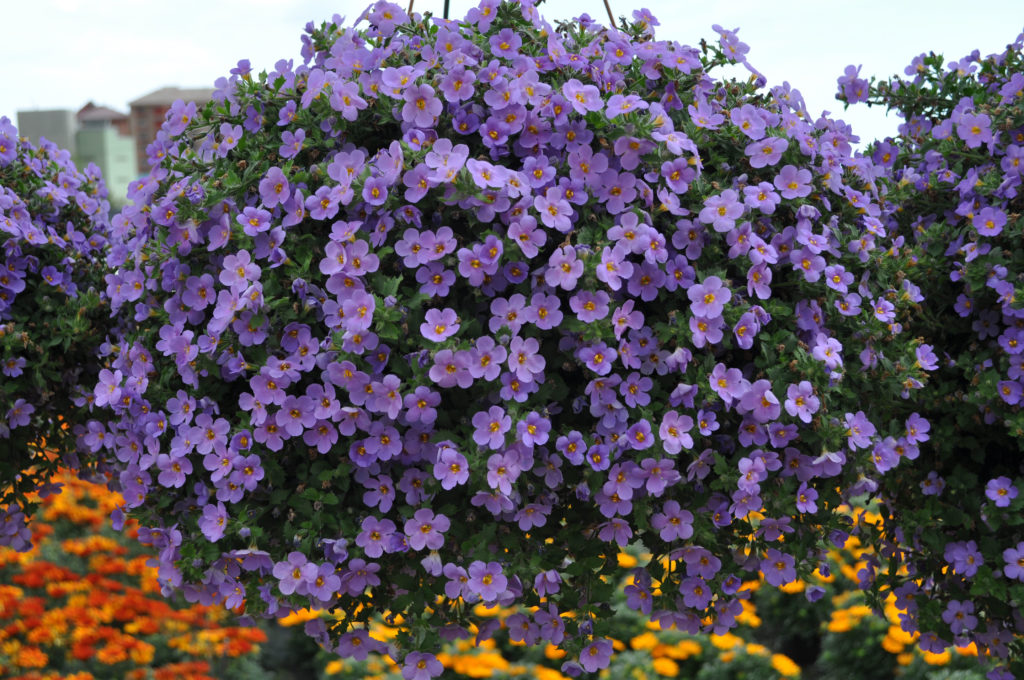
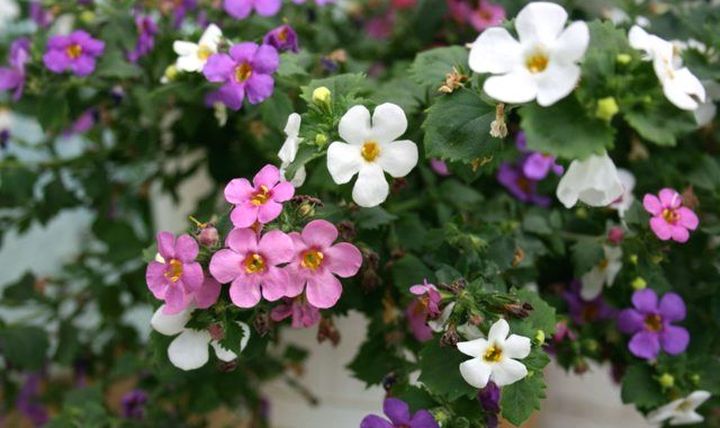
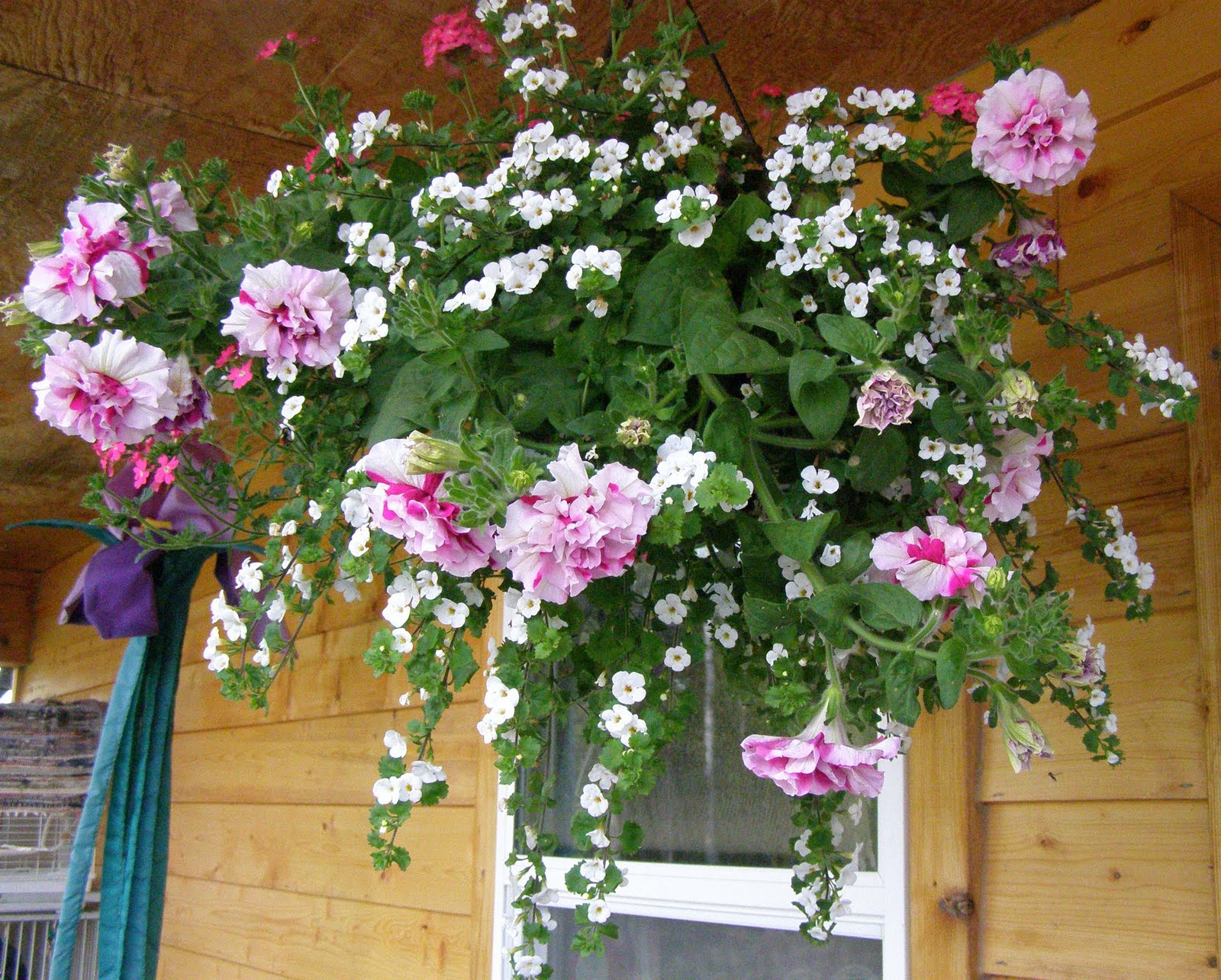
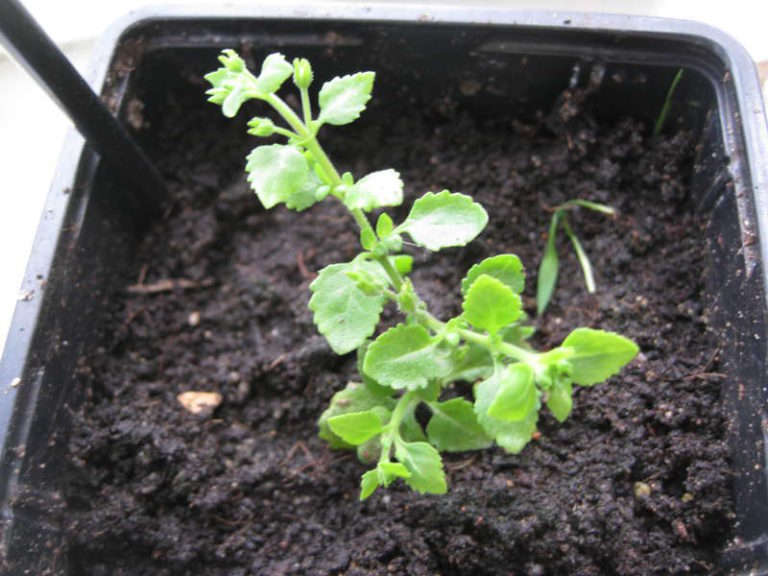
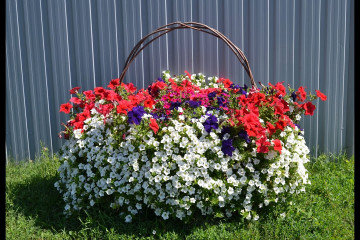
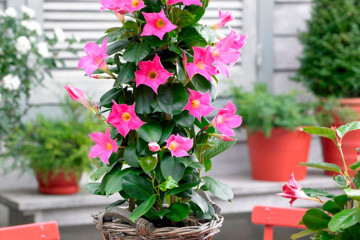
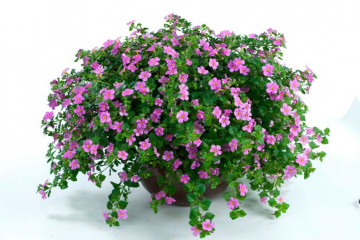
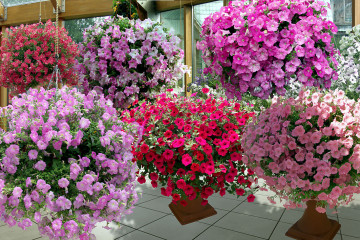
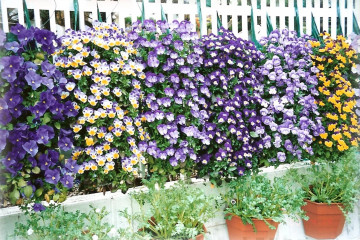
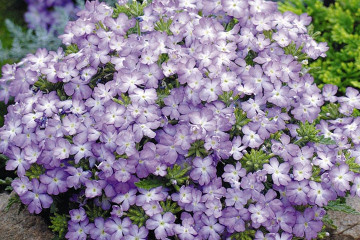
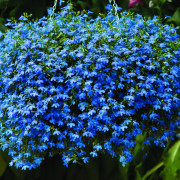

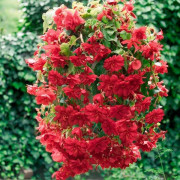


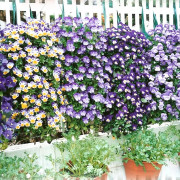
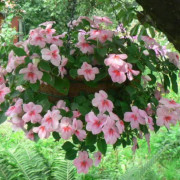
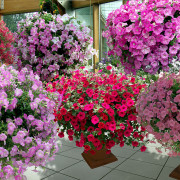


Hello. I don't know who writes color articles. But may I ask? Why, for example, the flowering time is not indicated in such a large article on ampelous bacopa, it is important that every beginner and not familiar with this or another flower should know. Why not immediately specify all the parameters: soil lighting planting time care and flowering time from SUCH MONTH TO SUCH -? Why is it necessary to waste time on such long articles and not find what is most important in them? there is a lot of information on the Internet and if you write about FLOWERING plants, you must indicate the flowering time. Much written…